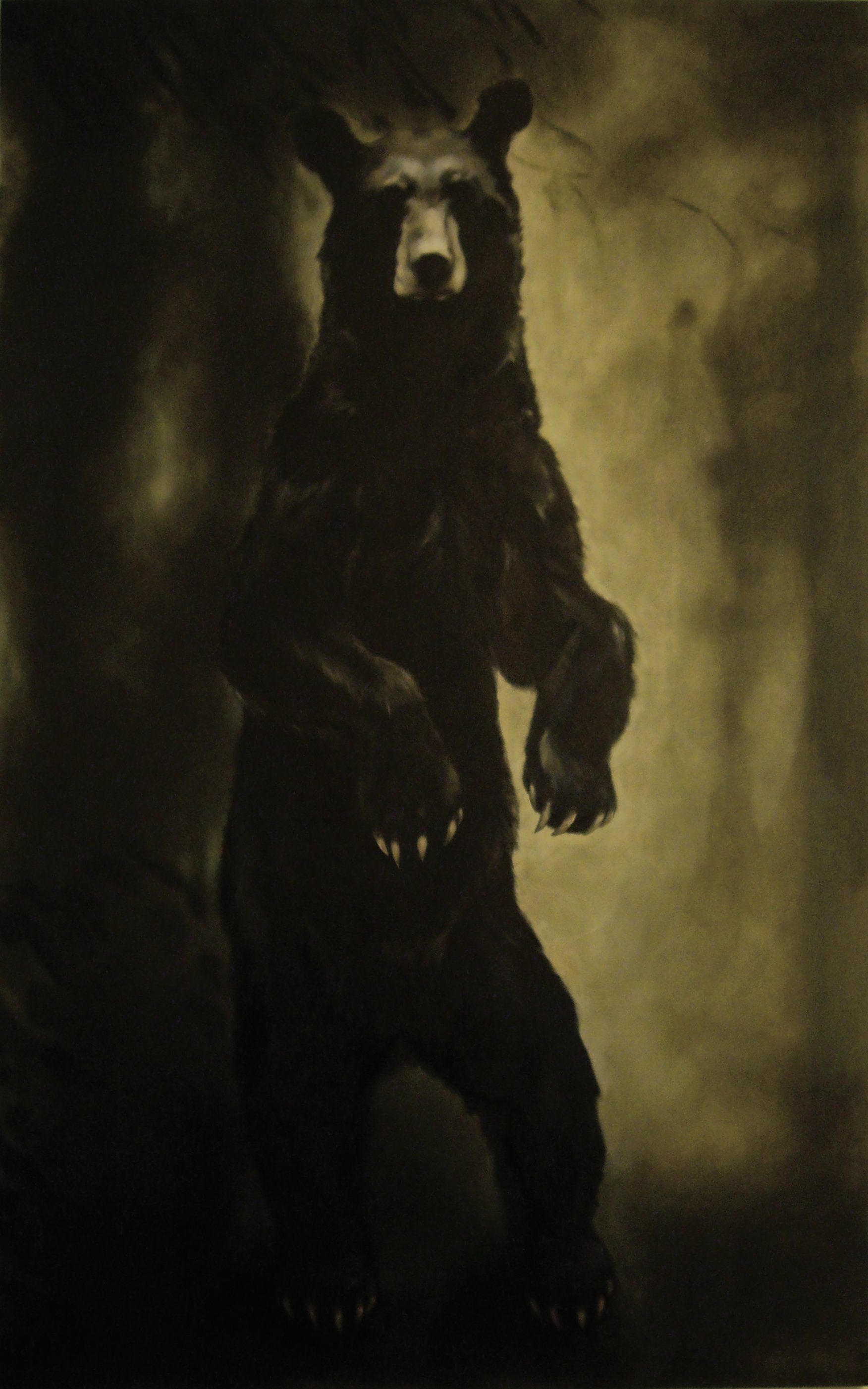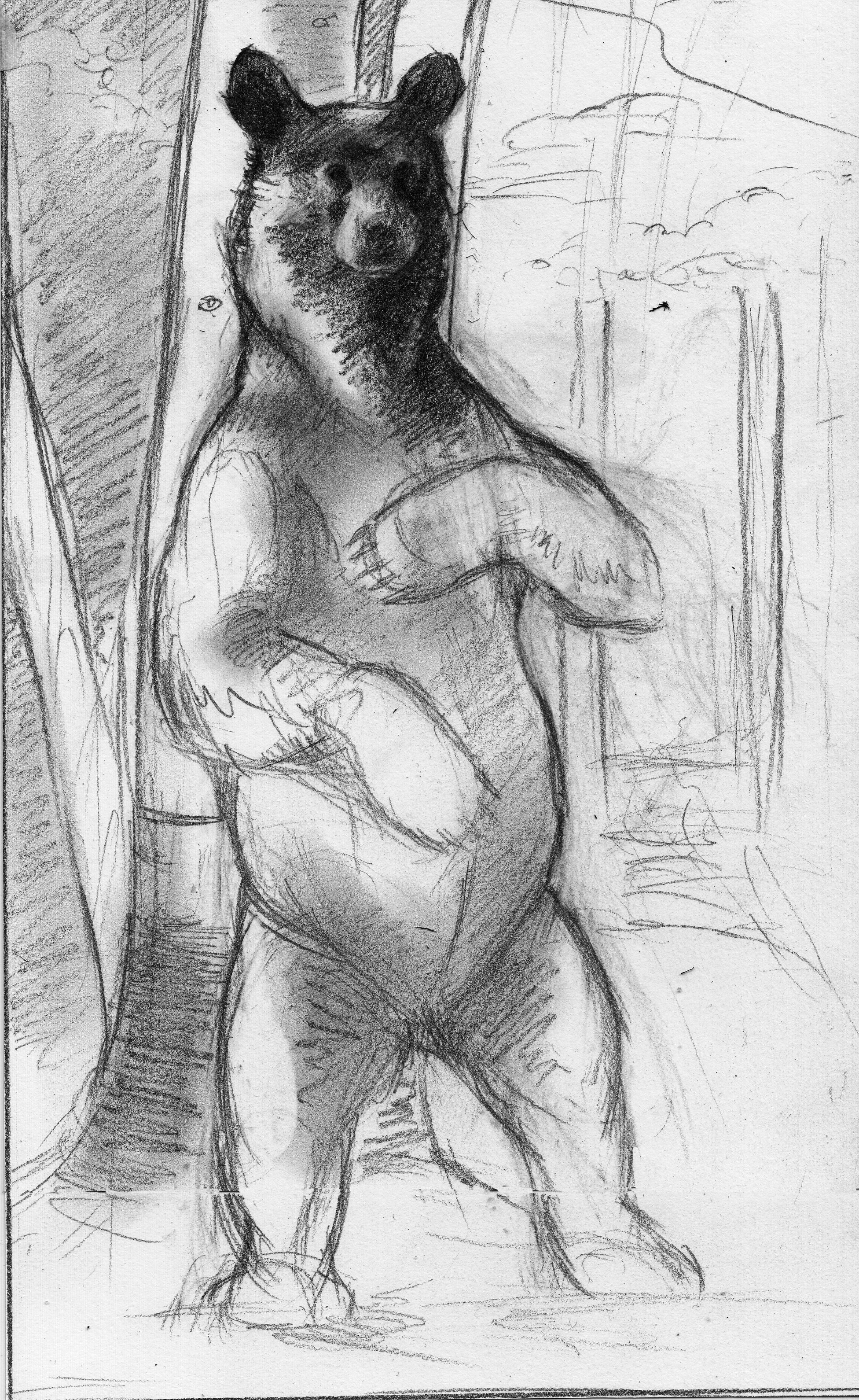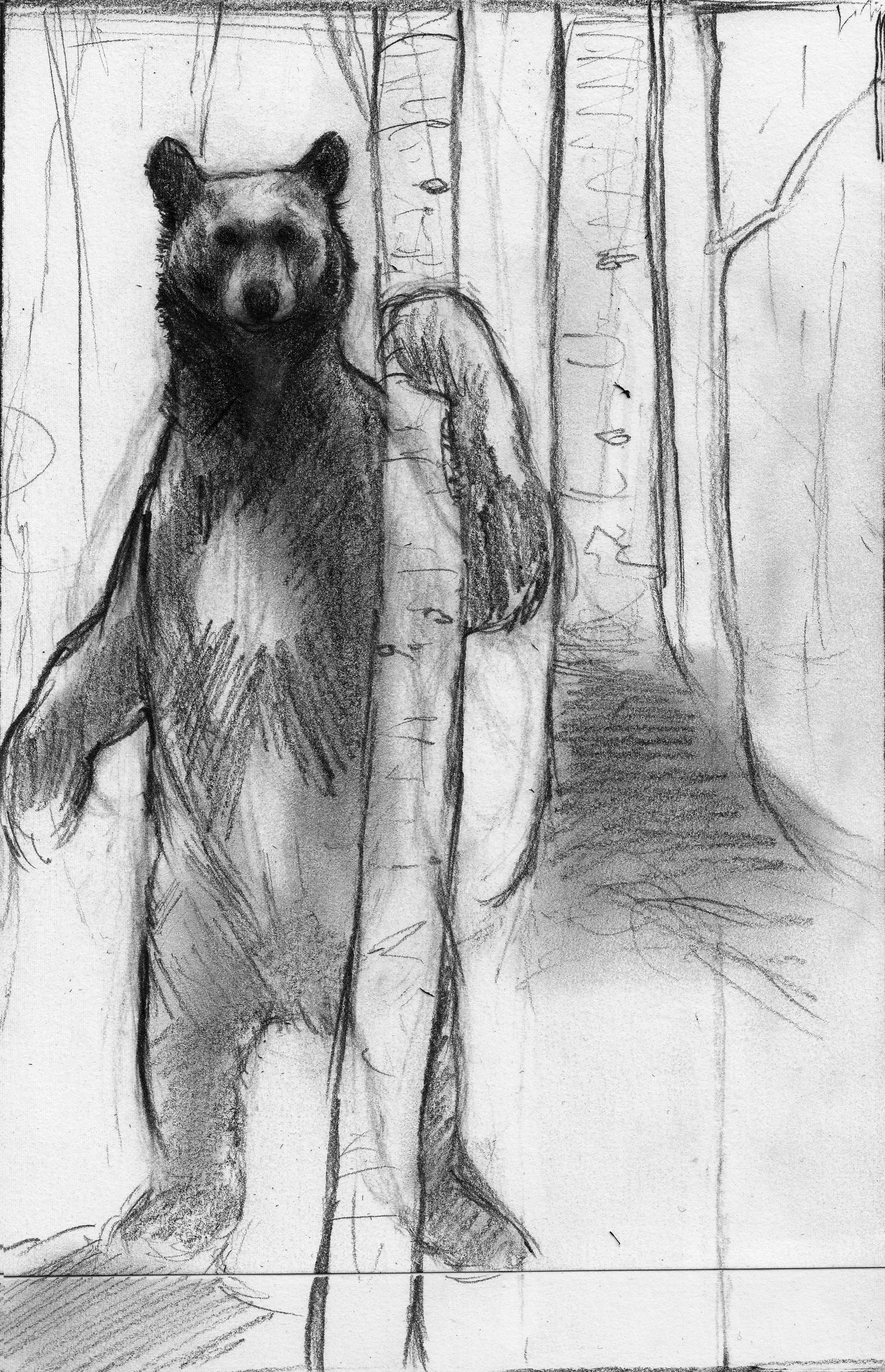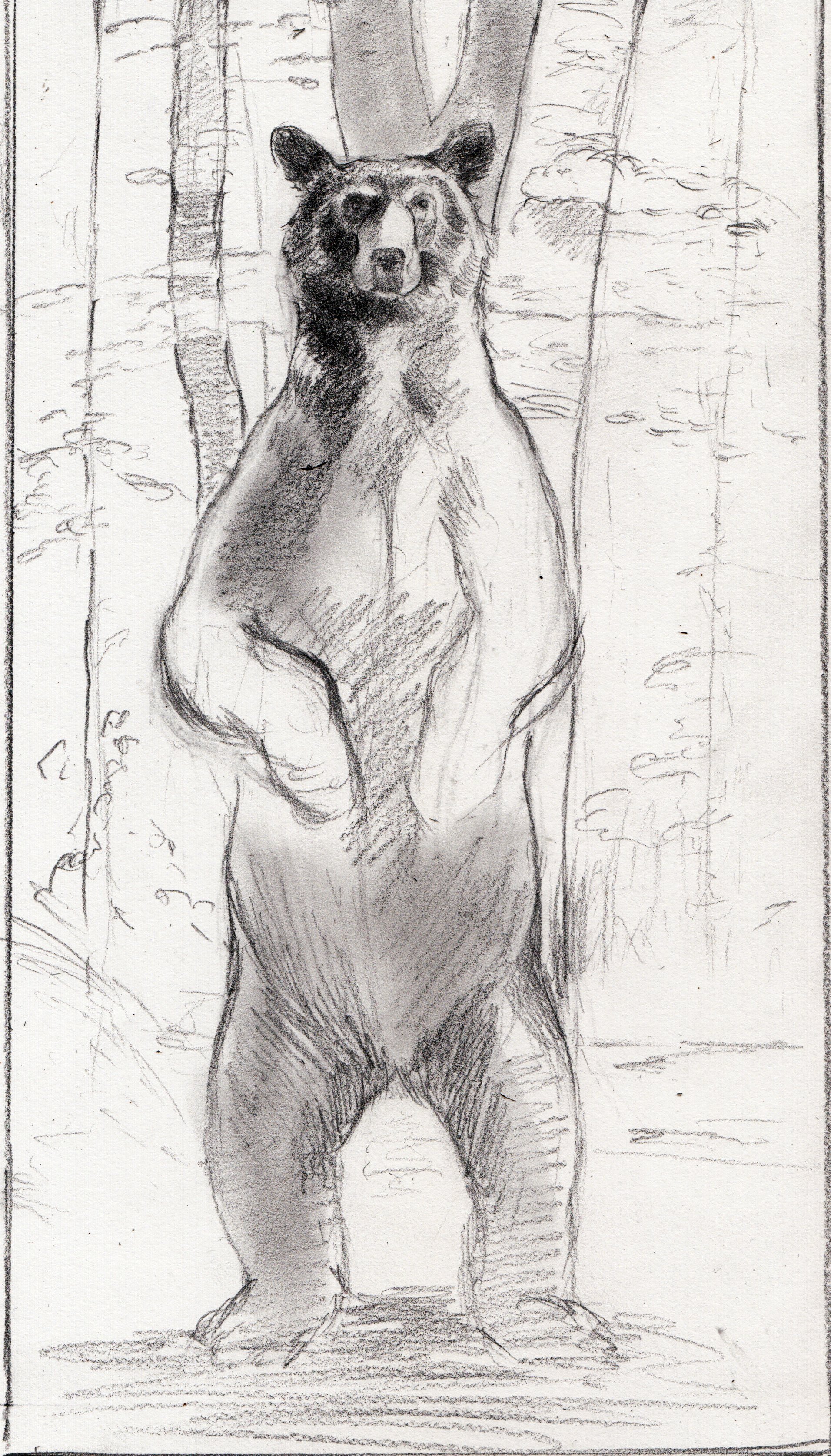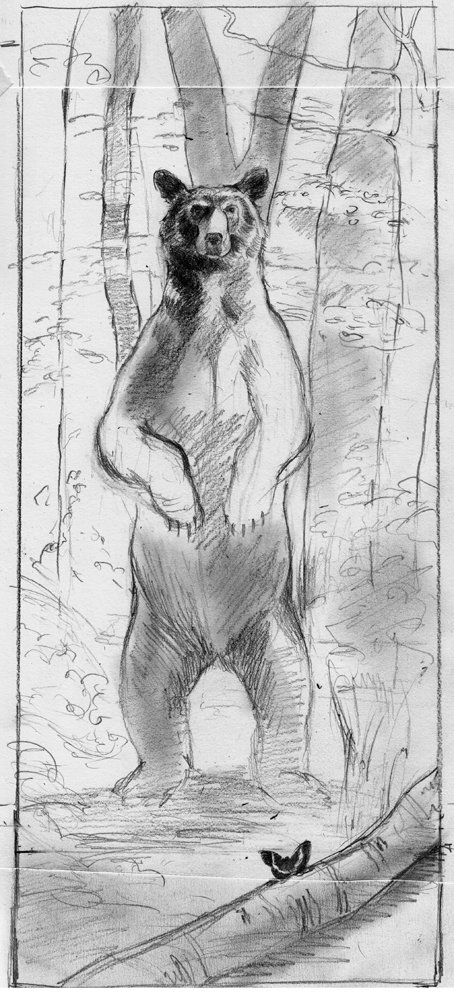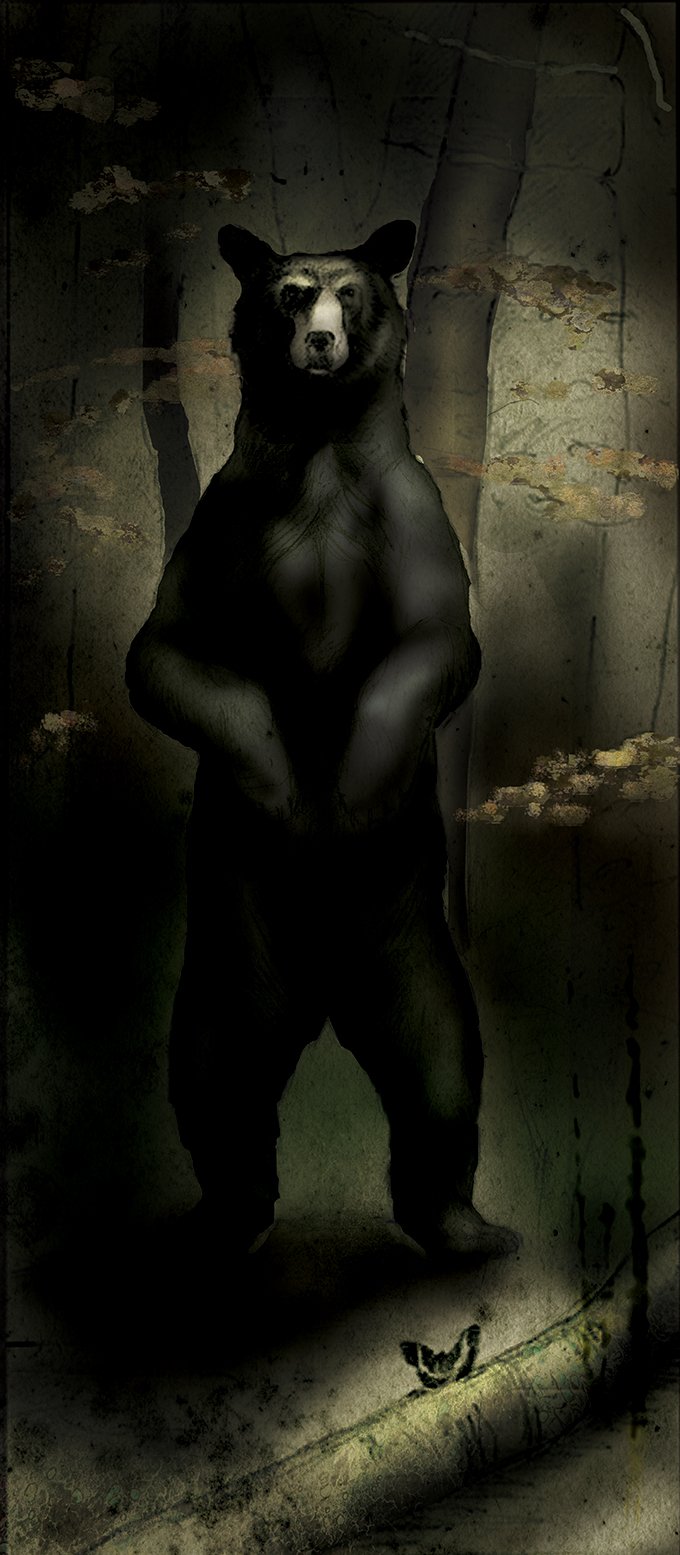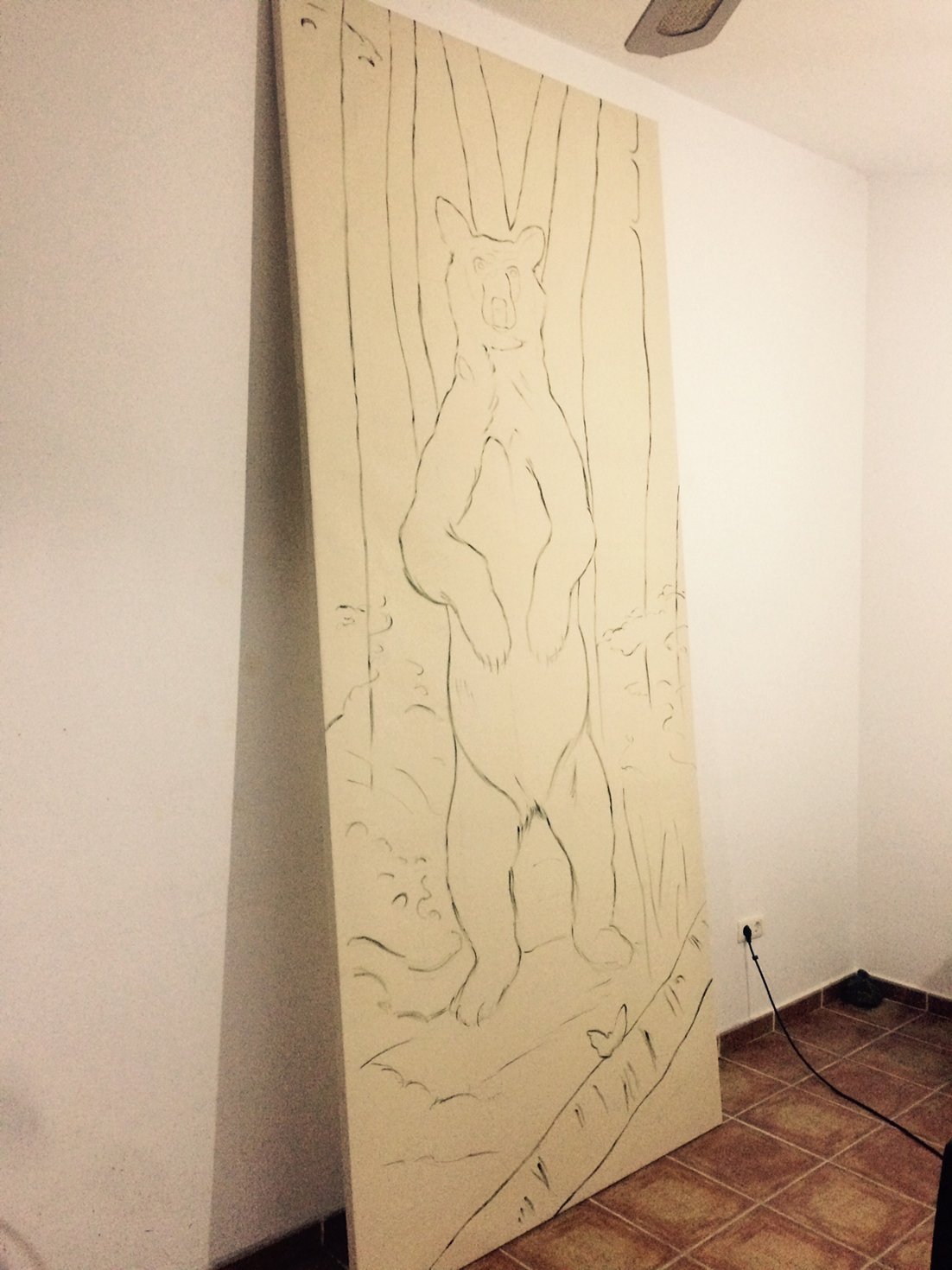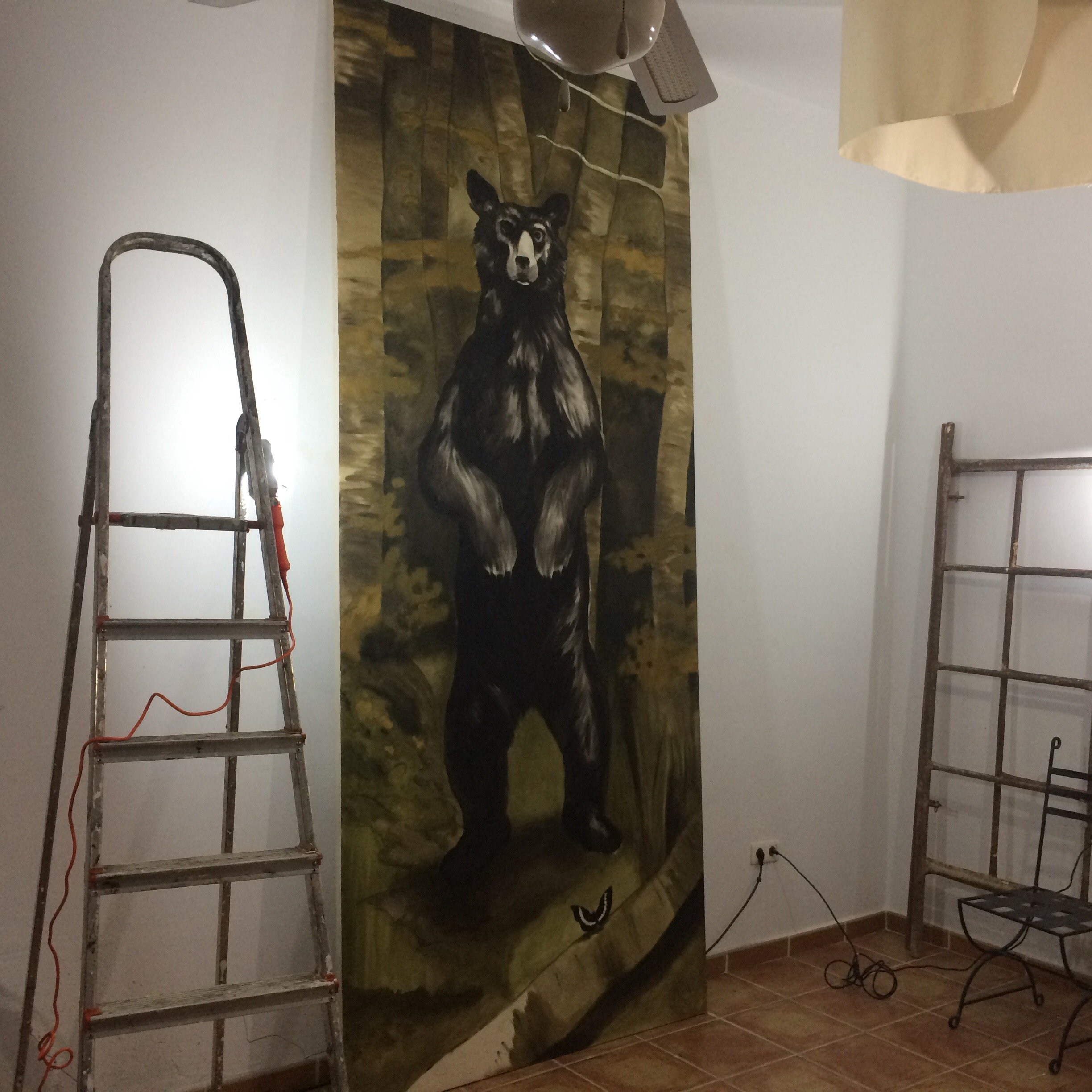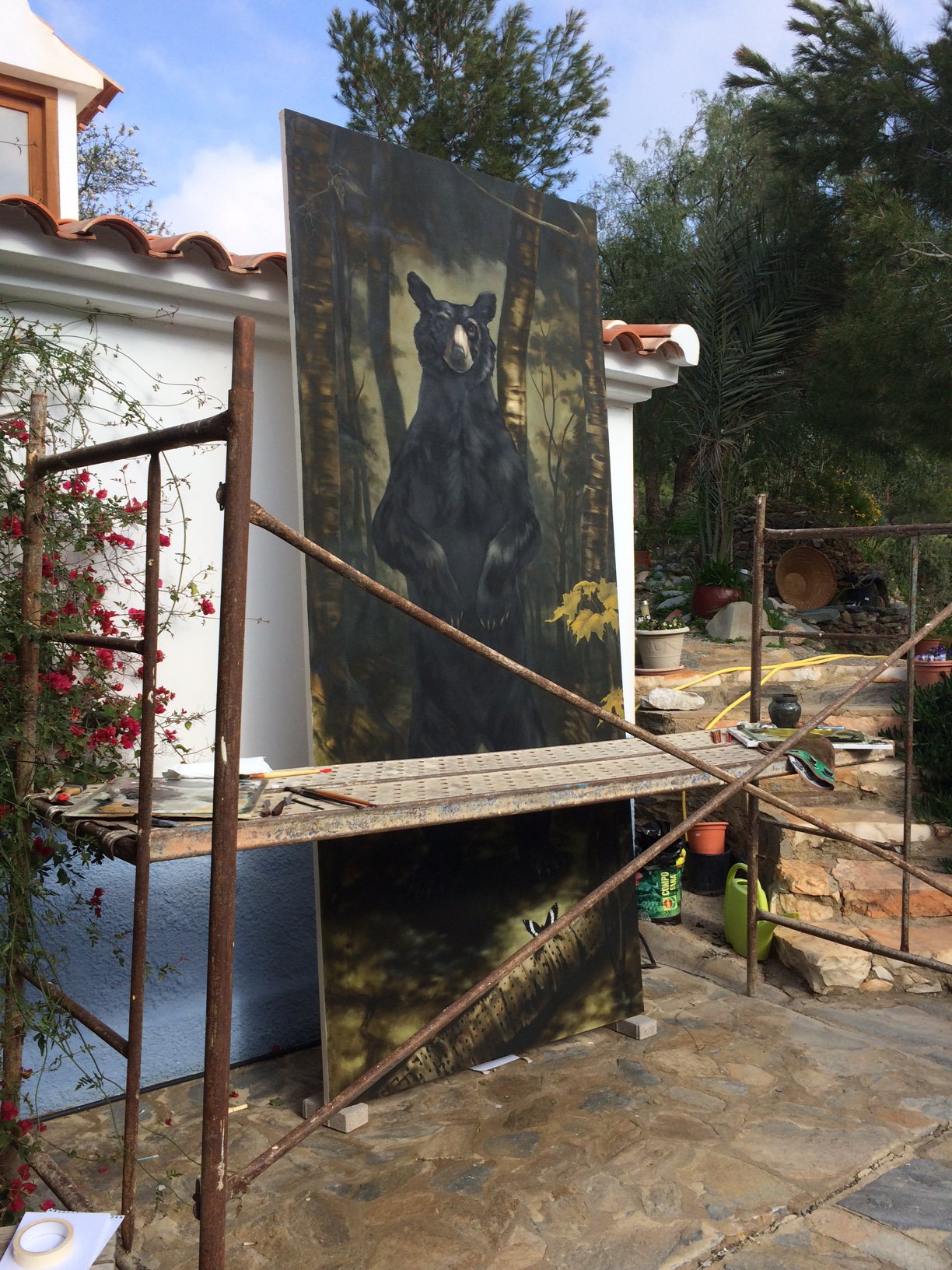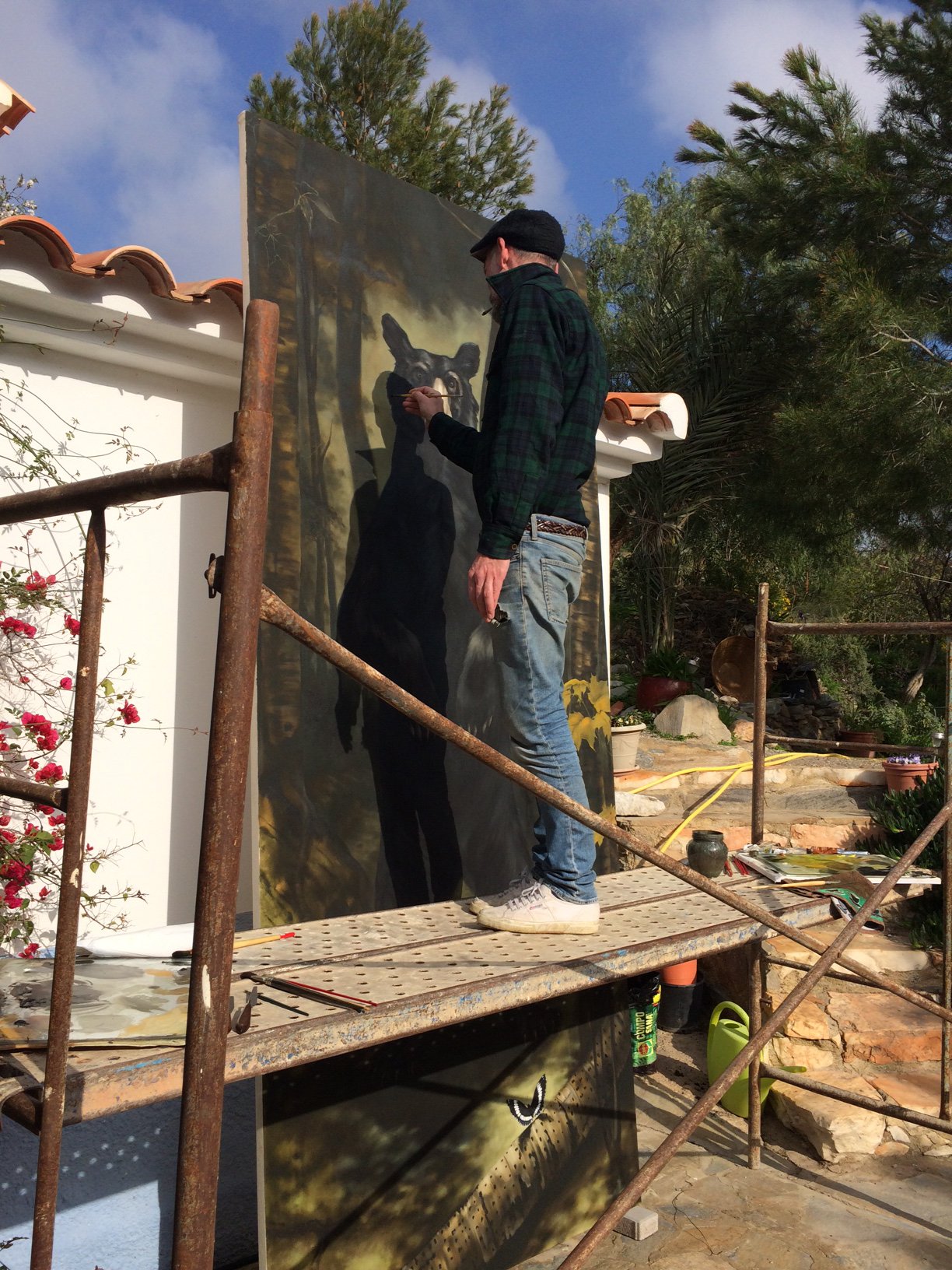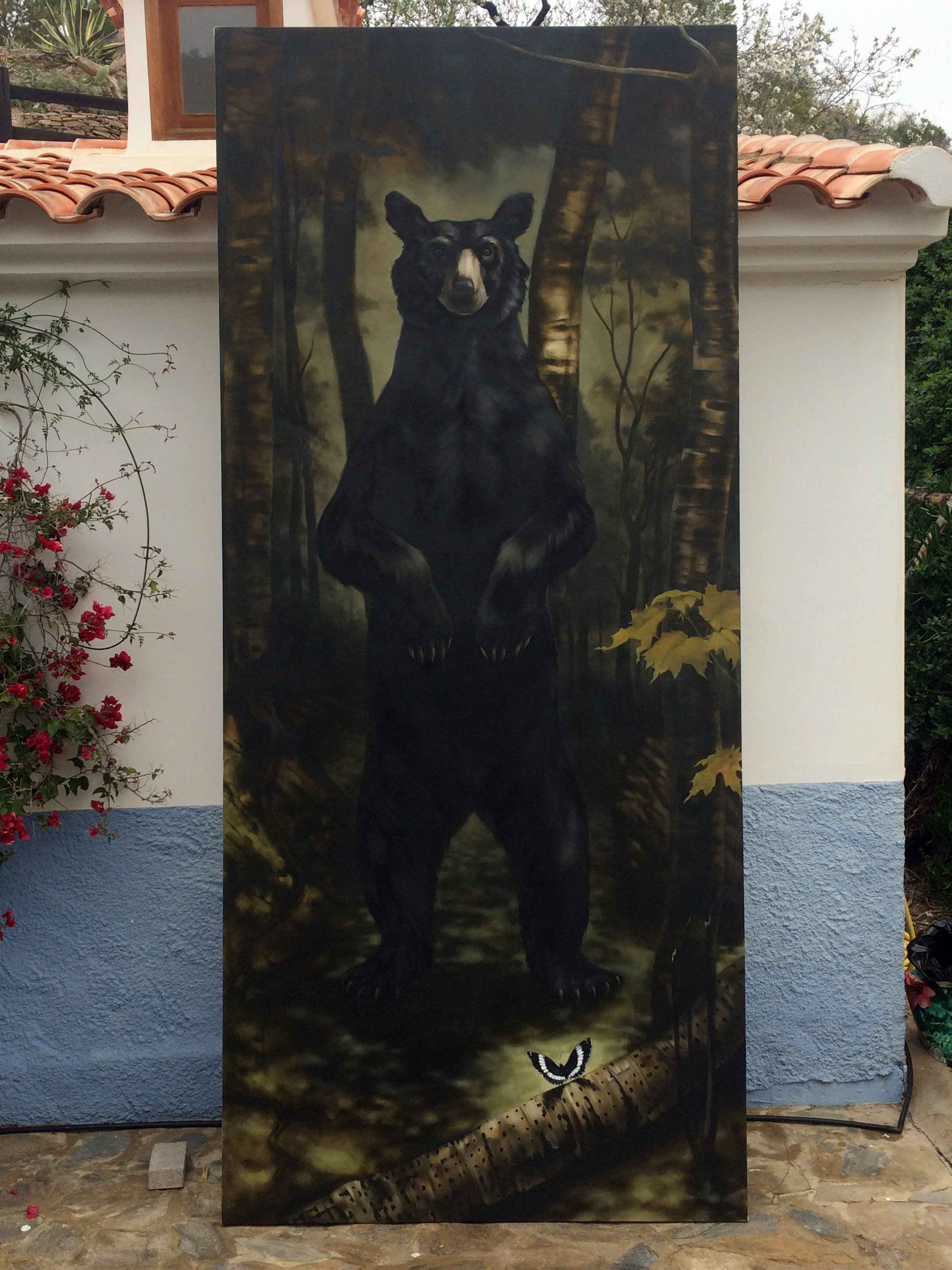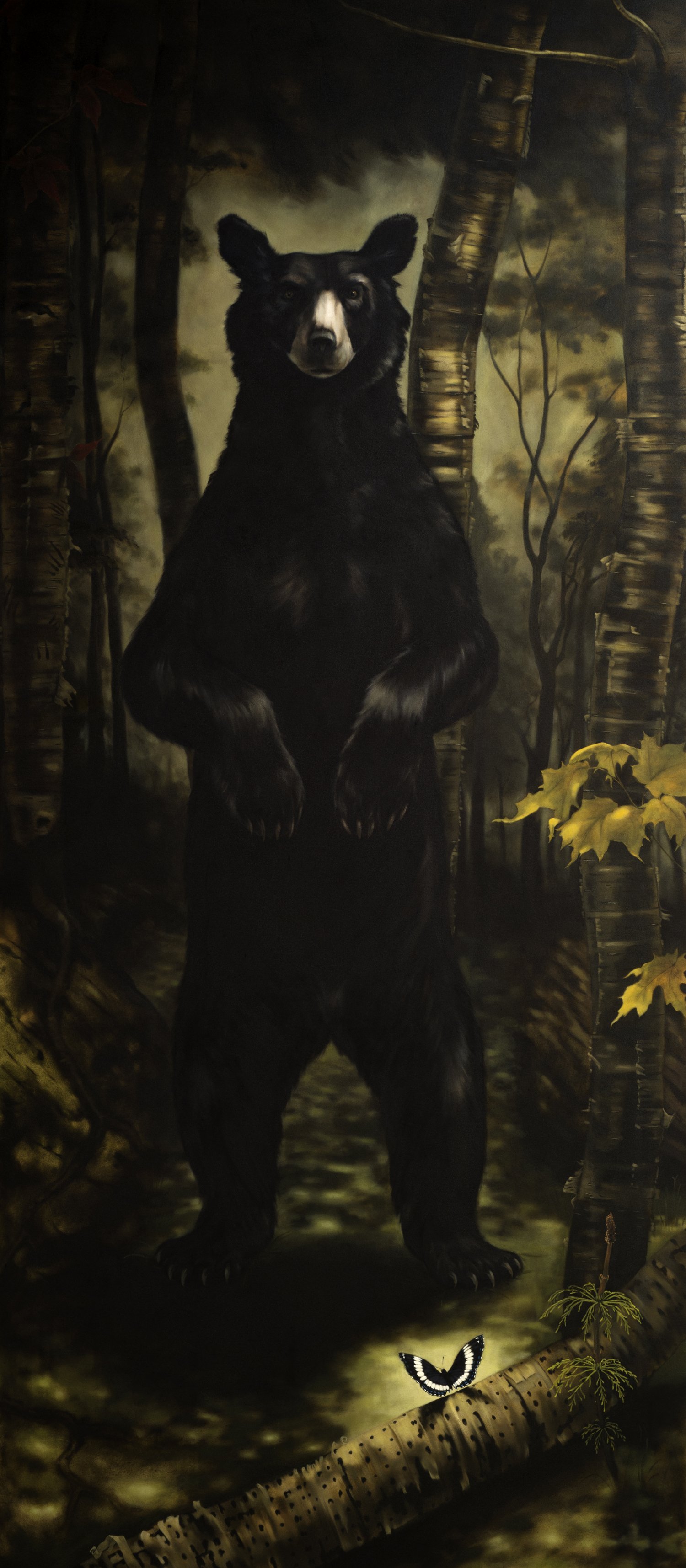If you are interested in commissioning an original artwork by me this page is here to walk you through the process step by step.
The commissioning process is an ongoing conversation from introductions to the finished work on your wall and often beyond.
1: So to get started let’s chat (via e-mail, on the phone, zoom or via whatsapp etc) to discover if what you have in mind and what I make are a good fit.
Naturally you will have seen my work and found your way here and will have had your interest piqued by my work so this initial conversation will be about discussing what aspects in general that you respond to in my work and what in particular you are looking for.
I’m more than happy to discuss any and all ideas you may have without any obligation so again, let’s chat and see where it takes us
2: Next we’ll discuss some parameters:
Subject(s) and complexity: Single subjects such as an animal or bird with a plain background are far less complex than elaborate compositions irrespective of size however…
Size: Matters; especially when working to commission since changes to a painting during the process of its execution require more time to correct however…
Time: A smaller elaborate painting may take much longer to execute than a huge yet very simple painting.
3: Based on the above discussion we’ll arrive at both an estimate of the time it will take me to make the work and the value of that work.
4: Once we have agreed the subject, price and delivery schedule and are both happy to proceed with the commission we will sign an agreement that commits us to the commission which protects both parties. It looks like this:
5: Once this agreement is signed by both parties and the deposit paid the process of the making of the work begins - and this too is an ongoing dialogue.
Below is a complete example of the progress from initial sketches through to the completion of a commission:
Commission Example: ‘Ursus & Artemis’
Having seen this large scale painting of mine of a standing Black Bear this collector contacted me to ask if it was available to purchase and since it was not whether I could make something similar in scale and feel but more elaborate and not a copy. This is a good example of the collector and I being a good fit: the collector developing their ideas based on what I make. This allowed us to quickly come to an agreement and for us to start the process of making a commissioned work.
1: Space = Format: Where will the painting be hung?
This collector provided me with photos of the space where the new painting would be hung - this is always helps to inform and often determines the format and scale of the painting; what fits the space. Clearly in this case a landscape format painting would not be appropriate in the space:
2: Initial sketches:
Based on the original Black Bear painting and knowing the measurements and format of the space for the new painting I supplied the collector with some initial compositional sketches:
3: Working Drawings
Taking on board the feedback from the collector based upon these drawings I then supplied the following working drawings, a colour mock up and an in situ composite:
4: Work In Progress
Once these drawings, the final format and colour mock up have been approved my task is to begin to paint. During the painting process I supply regular work in progress images. With a huge and quite complex painting such as this (320 x 140 cm) the painting takes some time to emerge and indeed with this one until roughly the halfway stage (Fig 02) was it appropriate to discuss the progress. In this case there only a few and the collector was simply exited to see the painting come to life. As you can see to paint this life sized Black Bear in a Northern Wisconsin forest required a scaffold.
5: Final Draft
Between Fig 02 and Fig 03 (above) the collector and I on this occasion spoke twice. In this case he wanted to retain the feeling of a dusk encounter and so wanted me to push the shadows darker. At this crucial point I prefer to have a Zoom chat with the person for whom I am making the work so that I can show and talk them through what is happening. On a large commission such as this I will be working long hours and sometimes making pictorial decisions on the fly - always with your feedback in mind - to bring the painting towards a mutually satisfying resolution.
6: Finishing The Artwork
Notice the difference between Fig 01 and Fig 02 above?
Fig 01 shows the painting in a completed ‘dry’ state. This is without ‘oiling in’ or final varnishing. Prior to oiling in some areas of a painting will appear dull or flat. A painting is oiled in equalize the overall surface (pigments and colours dry in very different ways) for a final check that everything is at it should be. Once this is dry, only then is the painting varnished.
7: The Finished Artwork

